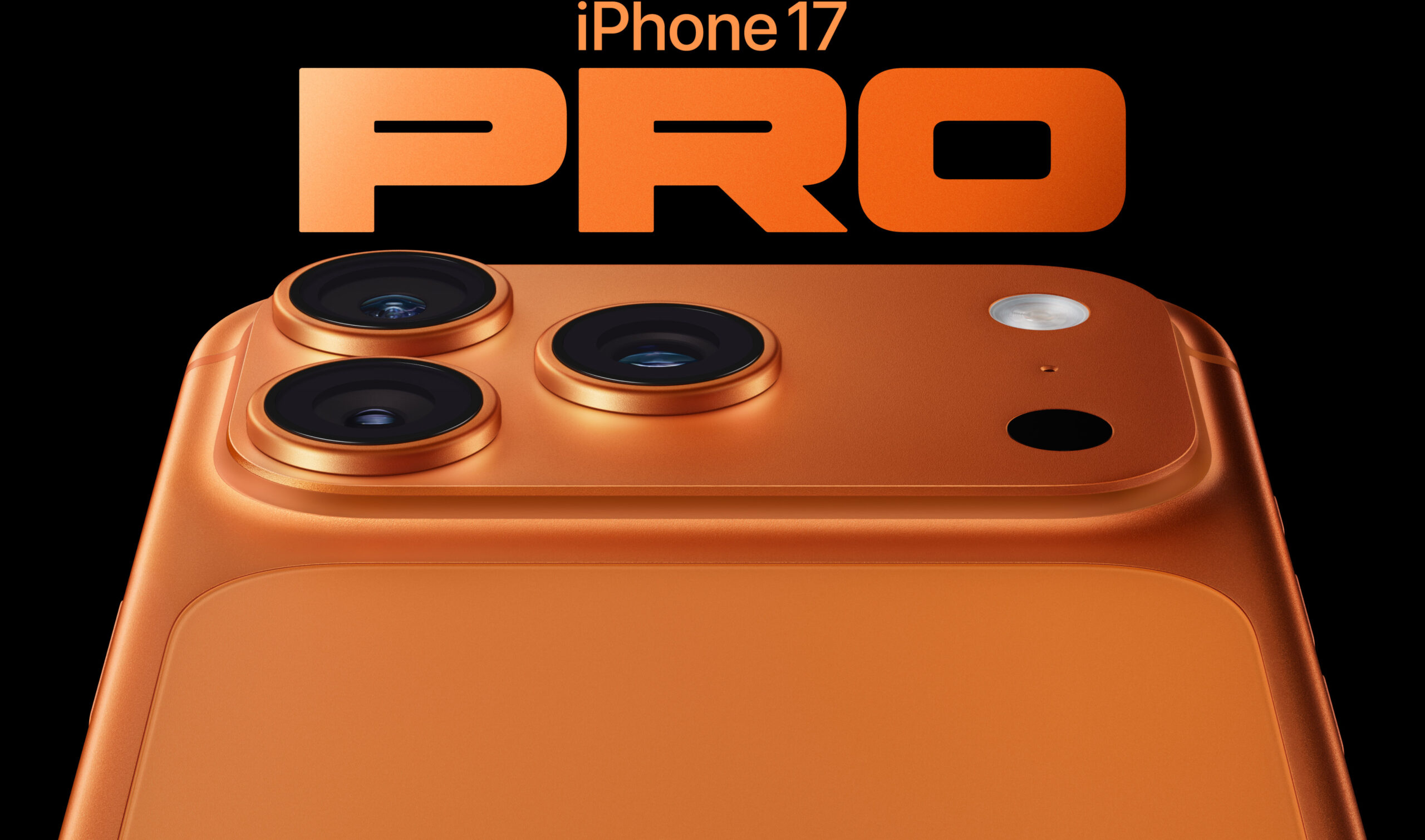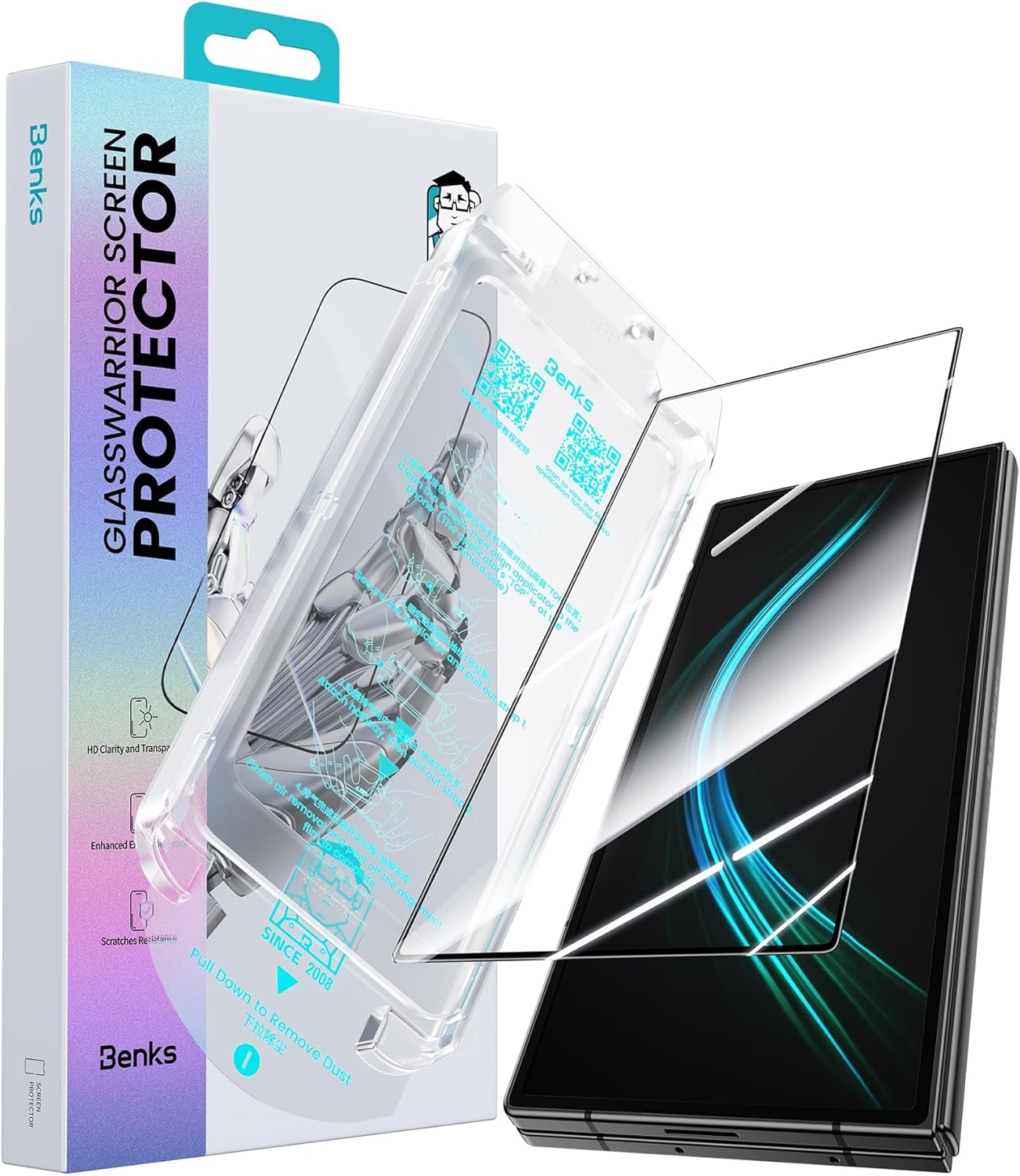Pinterest hit the ground running in 2012 and has quickly gained a large following of users. The social network has made it easy to share images and curate lists of likes, hopes and dreams through what it calls boards. You can pin items to your board and each board acts like a category. A pin is a saved link or image that you “pin” to your board. When somebody else looks at your pins, they can repin your items to their boards. A repin is essentially the same thing as a retweet on Twitter or somebody sharing your post to their personal Facebook profile. Pinterest is 50 Million users strong at the time of writing this and it just continues to grow. Though Pinterest’s user base leans heavily towards female users, there are many ways which an App whether it be an iPhone, iPad, Android or Windows Phone app, or a desktop app could be marketed.
Pinterest is free for users and businesses to join and use the social network. As a developer or marketing agency, you can setup a Pinterest business account in minutes and begin creating some culture around your app. To help in this process, I want to unpack some of the features and benefits that Pinterest offers that could be used to market your app on Pinterest.
Pinterest understands sharing. It makes it easy to share pins with your other Pinterest followers, Facebook and Twitter profiles. Your Pinterest profile also includes the ability to link back to your website. Pinterest Business accounts allow you to verify the account by confirming ownership of that domain name. This puts a nice authorized icon next to your URL on your Pinterest profile to notify everybody that the profile they are looking at is the authorized profile for that business.
There is a lot of viral potential in Pinterest pins. When you pin something to one of your boards, those who follow you can repin that item and their friends can repin your item as well. This tends to happen much more often than a Facebook share or a Twitter retweet because the idea of repinning something is that you are saving it to one of your boards so you can refer back to it later. People love to save things for later use and that is what Pinterest is all about.
When deciding what to pin, think about the culture that is around the type of app you are promoting. If your app is a productivity to do list style app, you could curate boards on Pinterest around being more organized. Fitness related apps could pin fitness inspiration photos and links as well as pin recipes and anything else that people into personal fitness would be interested in. The idea is to curate boards full of sharable stuff that people would find interesting and the best way to do that is to make sure your app fits right into what you are sharing.
When you post articles or blogs about your app, you can pin those too but you do not want to get to carried away self promoting. Make sure you have a board where you can pin links to other people who are talking about your app online. A board that includes app reviews, demos, blog posts, photos and anything else that showcases other people using your app and their opinion on your app.
If you want to take a look at a couple of businesses that do a good job using Pinterest to promote their brand with out being over self-promoting, check out the following Pinterest accounts:
- Whole Foods – http://pinterest.com/wholefoods/
- LLBean – http://pinterest.com/llbean/
- Lowe’s – http://pinterest.com/lowes/
The great thing about Pinterest is that you do not have to create all of the content you pin to your boards. You can curate content from websites all over the world to your Pinterest board. You can also pin blogs you have written as well. You will notice that Whole Foods often blogs Pin worthy articles and then pins them to their own Pinterest boards to be shared. As long as the information is good and not overly self-promoting, you will be just fine.
Take advantage of this growing social network and use it to promote your app.
Make sure to check out DailyAppShow on Pinterest: http://pinterest.com/dailyappshow


